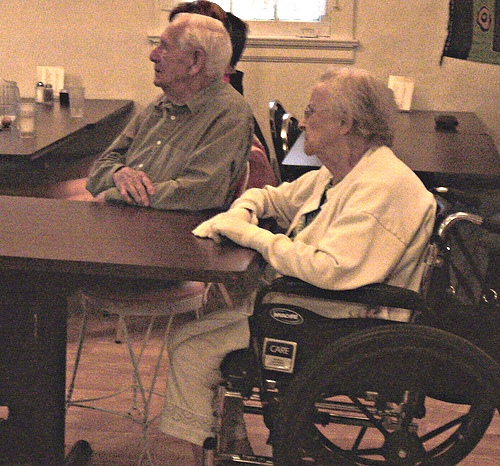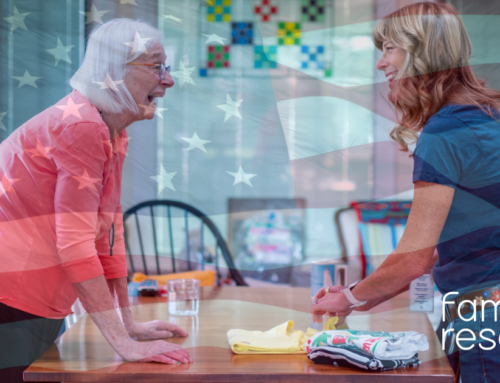TimeSlips™ Storytelling Replaces the Pressure to Remember With the Freedom to Imagine
In the 1990s Anne Basting was an assistant professor in the theater department at the University of Wisconsin-Milwaukee when she became interested in the intersection between art and health care, particularly elder care. She wanted to find out if the improvisation and creative drama techniques that were so powerful for healthy older adults could also prove helpful for individuals with elder health issues such as Alzheimer’s and dementia. At the time she believed that enhancing memory was the primary way to help individuals with dementia experience improvement in their quality of life. But after many attempts to use recollection-based acting games to enhance memory, she became frustrated. One day while working with a group of seniors in a nursing home she tore a photo of a man on a horse out of a magazine and showed it to them. She asked them to tell her their ideas about who the man was, what he was doing, and what was happening to him before the photo was taken. She wrote down what they said and then read it back to them. From that moment of frustration and inspiration, TimeSlips was born.
TimeSlips is an improvisational storytelling method that “replaces the pressure to remember with the freedom to imagine.” Their website reads:
“Originally designed to support growth and learning with people with dementia and their caregivers, the TimeSlips Project aims to:
- Inspire people with dementia to share the gifts of their imaginations
- Inspire others to see beyond loss to recognize the strengths of people with dementia
- Improve the quality of life of people with dementia and those who care for them.”
TimeSlips is a relatively simple concept. First, an elder care service provider shows an individual or a group a photo and asks them to imagine the story behind the picture. Without judgment the facilitator writes down the comments and ideas that are expressed, interrupting only to ask questions to further stimulate discussion.
Time after time facilitators report that during a TimeSlips session, individual(s) with dementia become more alert, engaged, and exhibit signs of enjoyment such as laughter. A Nov./Dec. 2010 study published in Nursing Research, Effects of a Creative Expression Intervention on Emotions, Communication, and Quality of Life in Persons with Dementia found that the engaging nature of the TimeSlips creative storytelling intervention results in “increased positive affect. In addition, perhaps associated with the intervention’s reliance on positive social interactions and verbal communication, participants evidenced improved communication skills.” This was particularly true when working with a group in a long term care facility including assisted living or nursing homes.
The TimeSlips approach is innovative in that it focuses on what is – on what the senior with dementia can do, rather than focusing on what has been lost. This can have a powerful and positive impact on how caregivers interact with their client or aging parents. It can help them to put aside their own need to find the person that once was, and simply enjoy the person that the senior is now.
To read stories written using the TimeSlips technique go to www.timeslips.org/stories/all.





